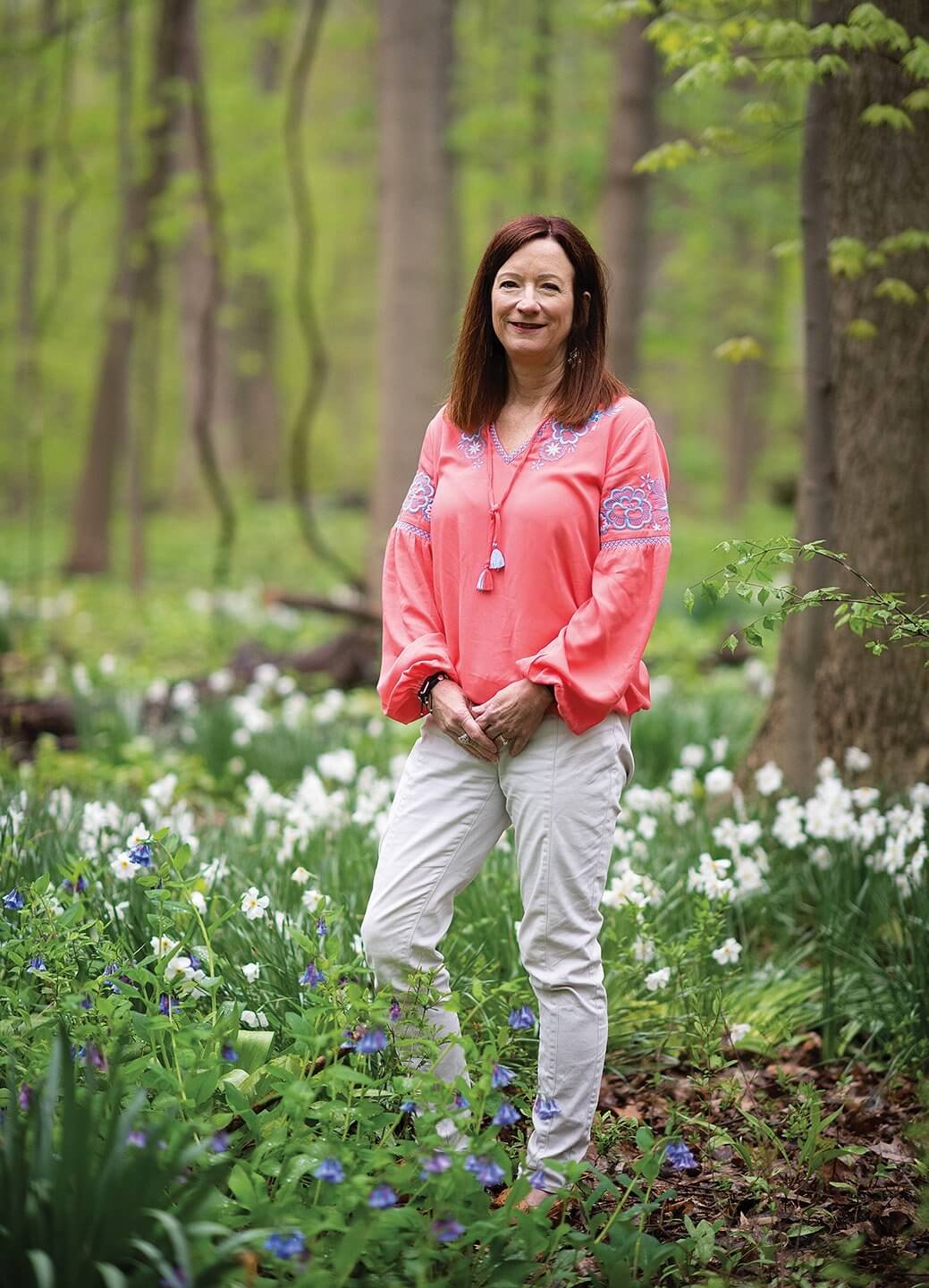Code is the executive director of Project EverGreen, a nonprofit based in Cleveland, Ohio, that works with communities nationwide to create, restore, and revitalize green spaces. Why all the fuss over a stretch of grass? Code suggests we look at green spaces this way: If a city’s buildings and infrastructure are its bones, then green spaces are the lungs. “They help the city and the people breathe,” she suggests.
“If you have the lawn and the landscape and kids are playing and dogs are out there, it brings the neighborhood together,” she says. “So it really provides that hub that a neighborhood or a community needs to engage with each other.”

Cindy Code [ABOVE] has helped to renovate or restore more than 47 million square feet of green space. Photo by Dustin Franz, BSVC ’10
Project EverGreen staffers and volunteers work side by side with community members. Code offers the advantages to green space and how it changes the dynamic of the community. Residents then share what they learn with neighbors, kids, and church groups.“People want to make a difference in their communities, but they don’t know how or they don’t think they can do it alone. Project EverGreen is the umbrella organization that brings people together.”
Even though it has more than 50 community projects nationwide under its belt, Project EverGreen is just getting started, Code says.
“There’s so many organizations, corporations that want to give back to their community,” Code says, “so I think the sky’s the limit as far as what we can do with just the right amount of resources and the right amount of engagement.”

